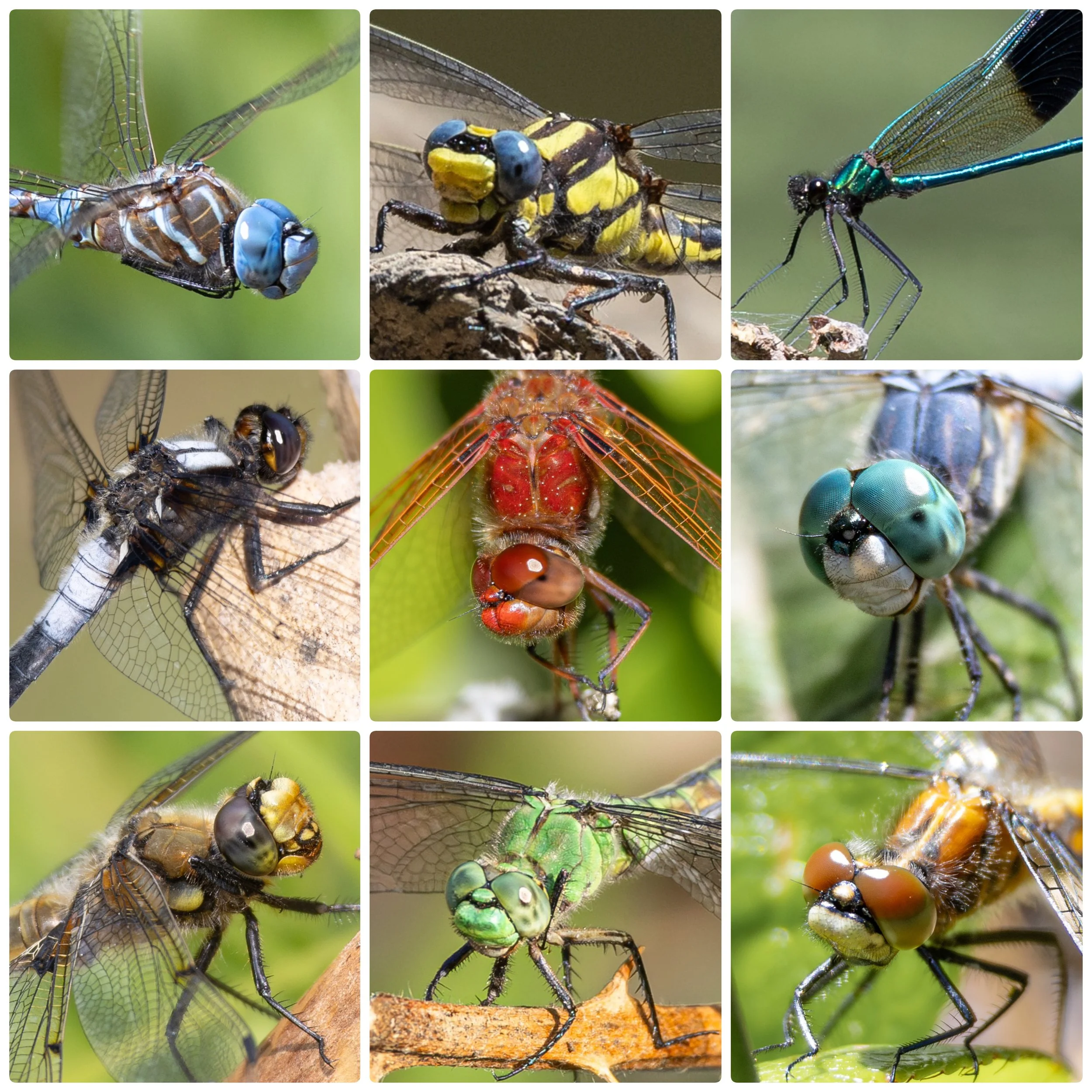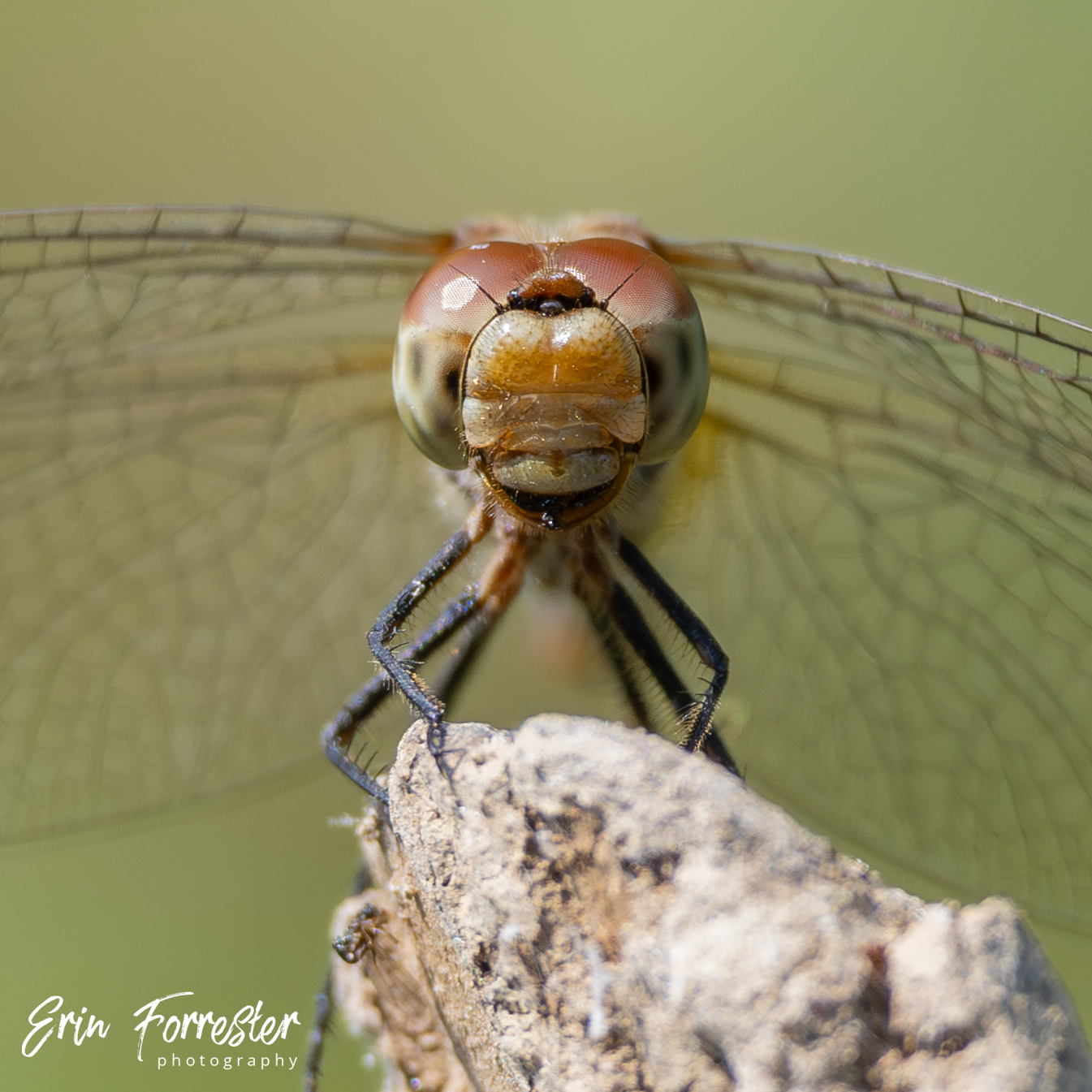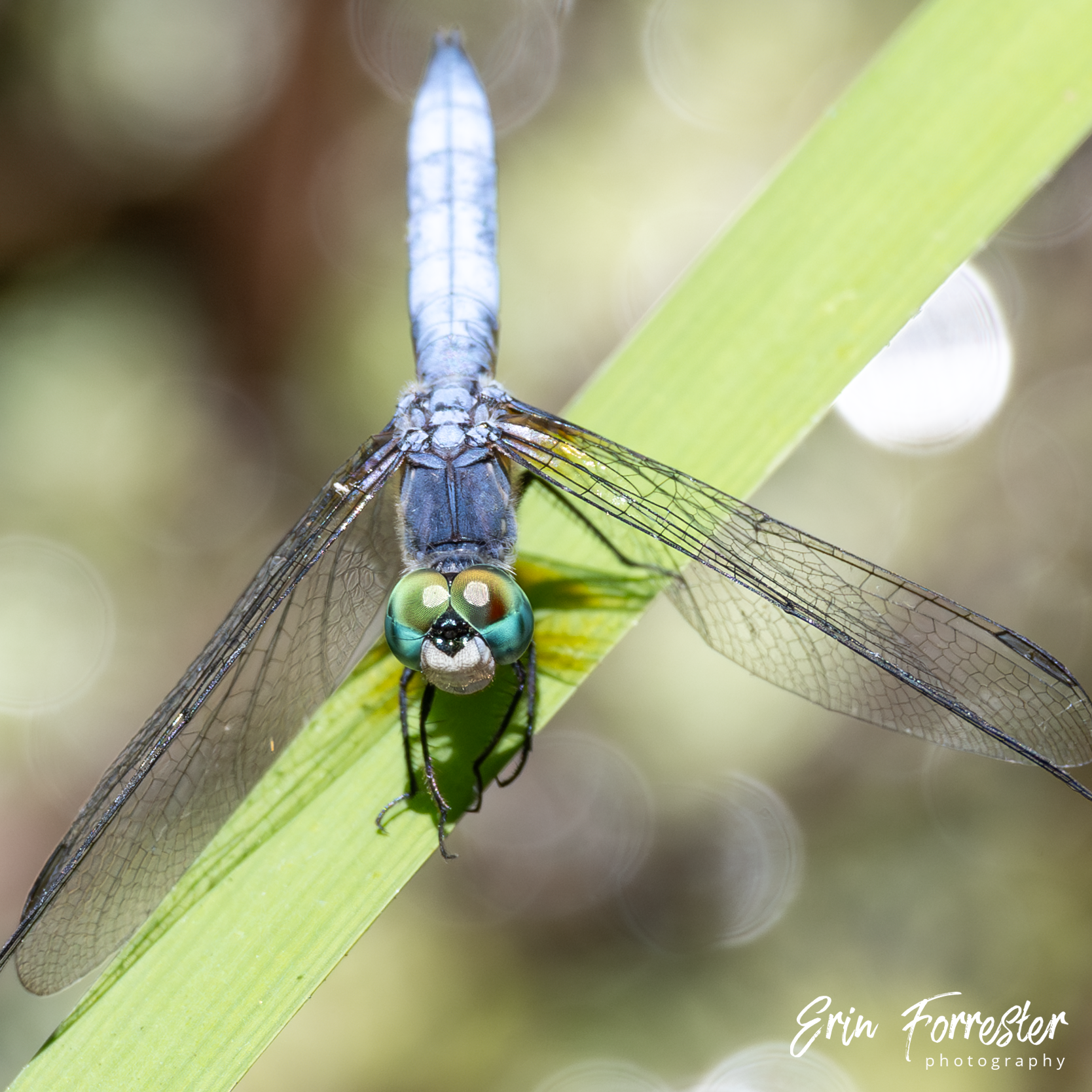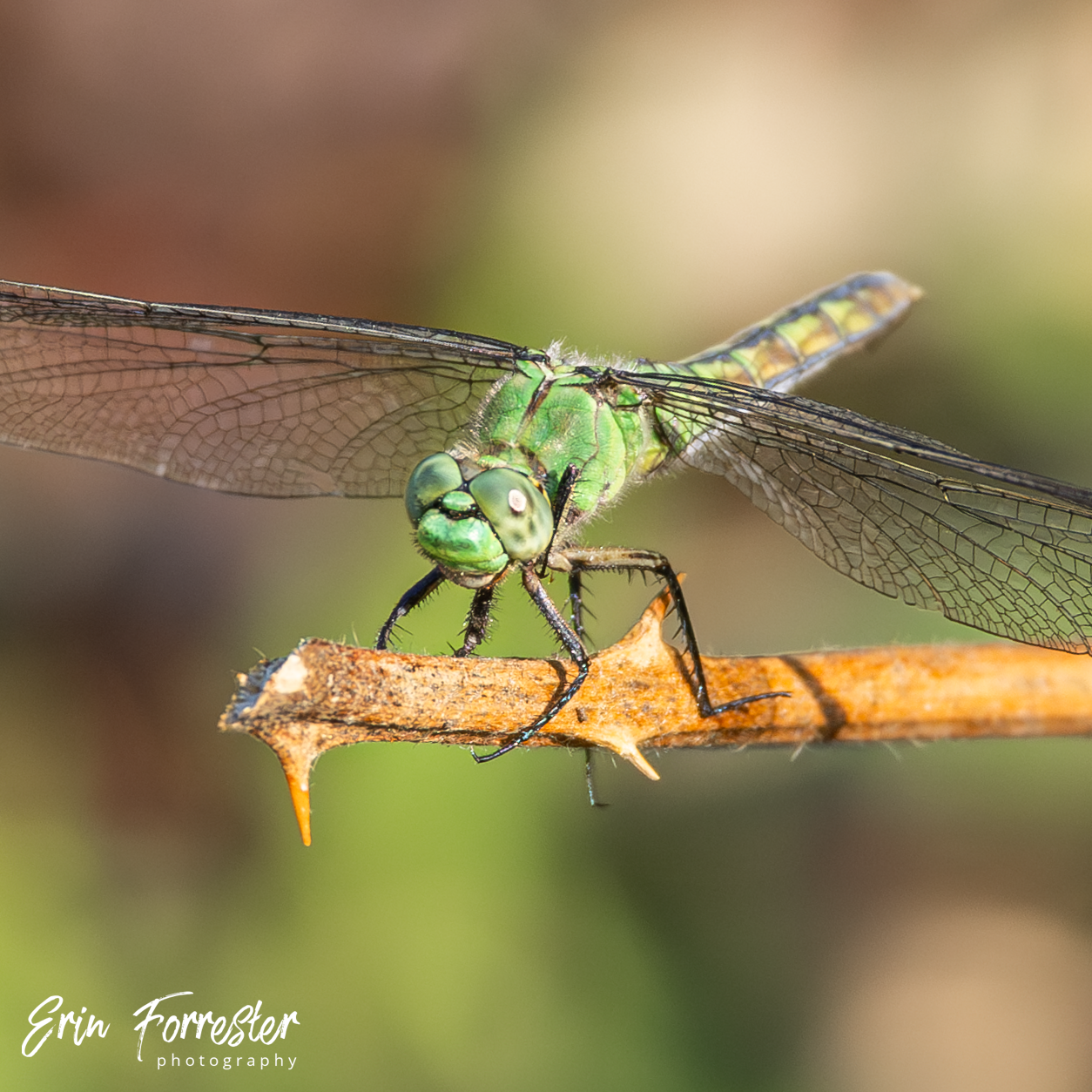
Oregon Odonata
As a certified Oregon Naturalist, Odonata (dragonflies & damselflies) is my biggest passion. We spend our summers looking for odonates across Oregon, striving to capture portrait photography of the species in our state and share our sightings with the Odonata community. A member of the Dragonfly Society of the Americas, I also give presentations for those who wish to learn more about these amazing animals and our local species.
My Presentation
Oregon Odonata: The Dragonflies and Damselflies Around Us
I really enjoy sharing the wonder and science of dragonflies with groups in our community. In my presentation, I provide an introduction on Odonata filled with portraits of Oregon species. For in-person events, I have a large tote with fun things I set out for attendees to look through, including exuvia I’ve collected, and photo albums, resources and handouts I’ve created. Our portrait photography really provides folks a close look at these extraordinary animals!
You can view my presentation on YouTube!
Portrait Photography
Below is a sampling of our portrait photography taken in Oregon. So far, we are up to 40 species in our iNaturalist project!
Favorite Resources
Whether you’re just getting started or looking for new resources to expand your knowledge, below are a few of my favorites.
Videos
What Makes Dragonflies So Extraordinary by PBS Terra
The Insane Biology of: the Dragonfly by Real Science
Dragons & Damsels: Narrated by David Attenborough
Books
Dragonflies & Damselflies of Oregon by Steve Gordon and Cary Kerst
Dragonflies & Damselflies of the West by Dennis Paulson
Dragonflies and Damselflies: Model Organisms for Ecological and Evolutionary Research by Alex Cordoba-Aguilar, Christopher Beatty, Jason Bried
Dragonfly Nymphs of North America: An Identification Guide by Kenneth J. Tennessen
Sites
Our iNaturalist project - all of our Oregon Odonata observations
Our SmugMug gallery - our best photos of Odonata in Oregon




































































